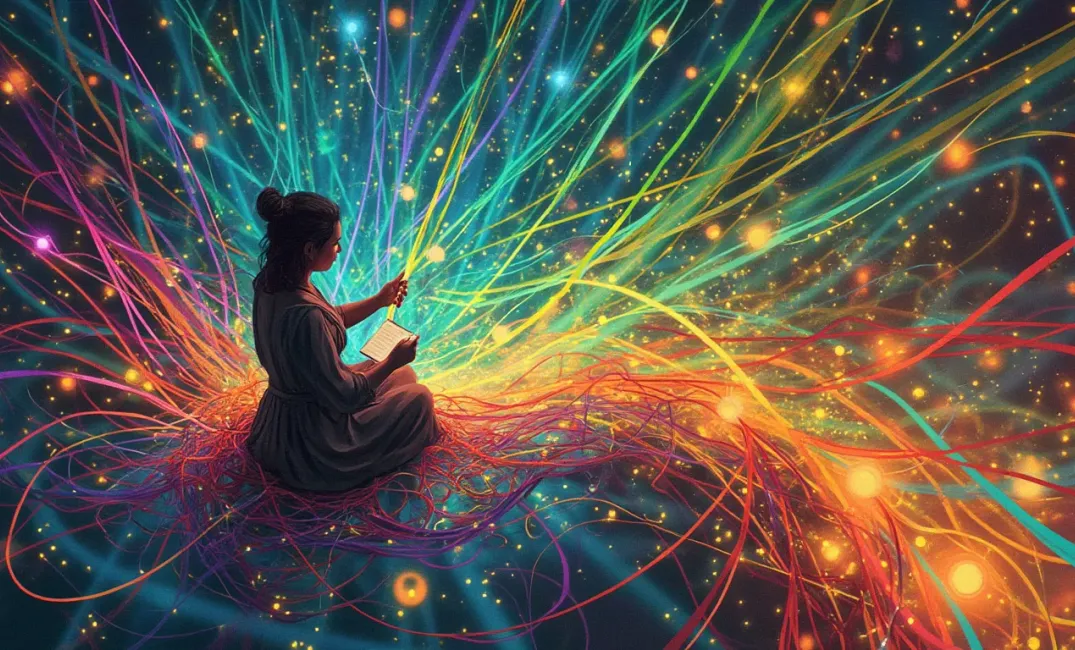Introduction: Weaving Stories Across Time
Storytelling is intrinsic to human nature, a timeless thread that connects past, present, and future. Across eras and cultures, stories have embodied humanity's wisdom, fears, dreams, and aspirations, shaping worldviews and guiding civilizations. As a vehicle for tradition, identity, and transformation, the art of storytelling transcends the confines of language, offering a bridge to understanding and empathy. This exploration delves into the resilience of storytelling, its cultural significance, and its enduring capacity to adapt and thrive in an ever-evolving world.
The Origins of Storytelling: Humanity’s First Narratives
Oral Traditions and Ancient Tales
- The Birth of Myth and Legend: Long before written script, oral storytelling was the primary means of transmitting culture and knowledge. Heroic sagas and creation myths transported values, history, and cosmology, ensuring cultural continuity amid change.
- Ritual and Tradition: Stories were often woven into rituals and ceremonies, acting as vessels for religious beliefs and moral codes. Around communal fires, bards and griots spun tales that sustained cultural memory across generations.
The Role of the Storyteller
- Keepers of Knowledge: Storytellers were revered as custodians of collective wisdom, merging artistry with memory to encapsulate life’s lessons and mysteries. Their narratives preserved the intricate tapestry of a community's identity and legacy.
- Transformative Power: Beyond mere entertainment, storytellers used allegory and metaphor to provoke thought, spark imaginations, and challenge societal norms, transforming individual perception and collective consciousness.
Writing as a Storytelling Revolution
From Oral to Written Words
- The Inception of Written Stories: The advent of writing revolutionized storytelling, allowing narratives to transcend the immediacy of oral tradition. Ancient texts like the "Epic of Gilgamesh" and "The Iliad" became epic benchmarks, influencing countless generations.
- Scripts and Symbolism: As alphabets and scripts spread, storytelling became more diverse and nuanced, capable of articulating intricate ideas and emotions, documenting human endeavors and philosophical pursuits.
Literature’s Evolution and Impact
- The Flourishing of Genres: Literature expanded into myriad genres—poetry, prose, drama—each inviting exploration of different facets of the human experience. During the Renaissance, literature became a crucible for humanistic thought and artistic expression.
- The Novel’s Emergence: The novel form, emerging in the 18th century, offered intricate character studies and social commentary, engendering empathy and reflection. Works like "Don Quixote" and "Pride and Prejudice" continue to resonate with timeless themes of identity, morality, and society.
Storytelling Across Cultures and Mediums
Global Narrative Tapestries
- Folklore and Fairytales: Cultural tales have traveled across time and space, reflecting universal truths while celebrating local heritage. Fairy tales and folk stories intrigue with their rich symbolism and archetypal characters, often embedding moral lessons within their enchanting allure.
- Epic Narratives: Epics, such as "The Mahabharata" and "The Aeneid," highlight human virtues, vices, and destinies, blending historical accounts with mythic grandeur to provide profound insights into cultural values and existential inquiries.
Visual and Performance Arts
- Theatrical Storytelling: Theater brings stories to life through dynamic physicality and dialogue. From Shakespearean drama to traditional Noh and Kabuki, plays explore human motives, societal conflicts, and transcendental themes, resonating powerfully across different eras and societies.
- Visual Storytelling: Painting, sculpture, and film utilize imagery to convey narrative. Artists like Rembrandt and directors like Kurosawa create visual tapestries that invite viewers to engage emotionally and intellectually with the unfolding stories.
The Modern Renaissance of Storytelling
Digital Narratives and Multimedia
- Innovations in Expression: The digital age has expanded storytelling through interactive media. Video games, web series, and podcasts offer immersive experiences, allowing audiences to actively participate in narrative creation and exploration.
- Cross-Cultural Exchange: Platforms like YouTube and Instagram enable global storytelling, connecting diverse voices and perspectives across continents, fostering understanding and collaboration while democratizing narrative access.
The Power of the Personal Story
- Memoirs and Blogs: Personal narratives have gained prominence, empowering individuals to express authentic experiences. Through blogs, vlogs, and social media, stories of personal triumphs and tribulations resonate widely, encouraging empathy and solidarity.
- The Art of Narration: Storytelling nurtures a sense of shared humanity, revealing common threads amid disparate lives. In contexts like TED Talks or community storytelling events, narratives inspire change, healing, and innovation.
Storytelling’s Resilience and Future
Adapting to Technological Advances
- Artificial Intelligence and Storycraft: AI is already beginning to shape storytelling by creating narratives and fostering user choice. These technologies present opportunities and challenges, potentially redefining authorship and narrative structures.
- Virtual Reality’s Narrative Potential: With VR’s immersive capabilities, storytelling can transcend the traditional boundaries of time and space, creating new dimensions of narrative presence and interaction.
The Ethical Dimensions and Responsibilities
- Purpose and Responsibility: Storytellers, whether traditional or digital, hold an ethical responsibility to represent truth, challenge biases, and promote cultural sensitivity. The narratives we choose to tell shape societal norms and individual beliefs.
- Inclusivity and Equity: Ensuring diverse storytelling voices, particularly from marginalized communities, enriches the narrative landscape and fosters equity, understanding, and reconciliation, honoring the multiplicity of human experience.
Conclusion: The Timeless Legacy of Storytelling
Storytelling, in its infinite forms, exemplifies the human spirit’s resilience and creativity. It illuminates pathways of understanding, bridges cultural divisions, and reinforces the continual evolution of thought and expression. In the void of space and time, as humanity strives for a new beginning, storytelling remains our eternal thread, guiding us with ancient wisdom and contemporary insight.
As we preserve these stories within this archive of hope, may they serve as beacons of legacy, hope, and continuity—a testament to humanity’s indomitable resilience and boundless imagination. The stories we share are the stories we live, and in their telling, we find the essence of our humanity.
"Stories are the lifeline of human connection, echoing across generations—a symphony of past, present, and future, woven with the golden threads of imagination and truth." — Author Unknown
INNOVATION, CULTURE, ART, NARRATIVES, HUMANITY, LITERATURE, TRADITION, COMMUNITY, DIGITAL MEDIA, STORYTELLING

